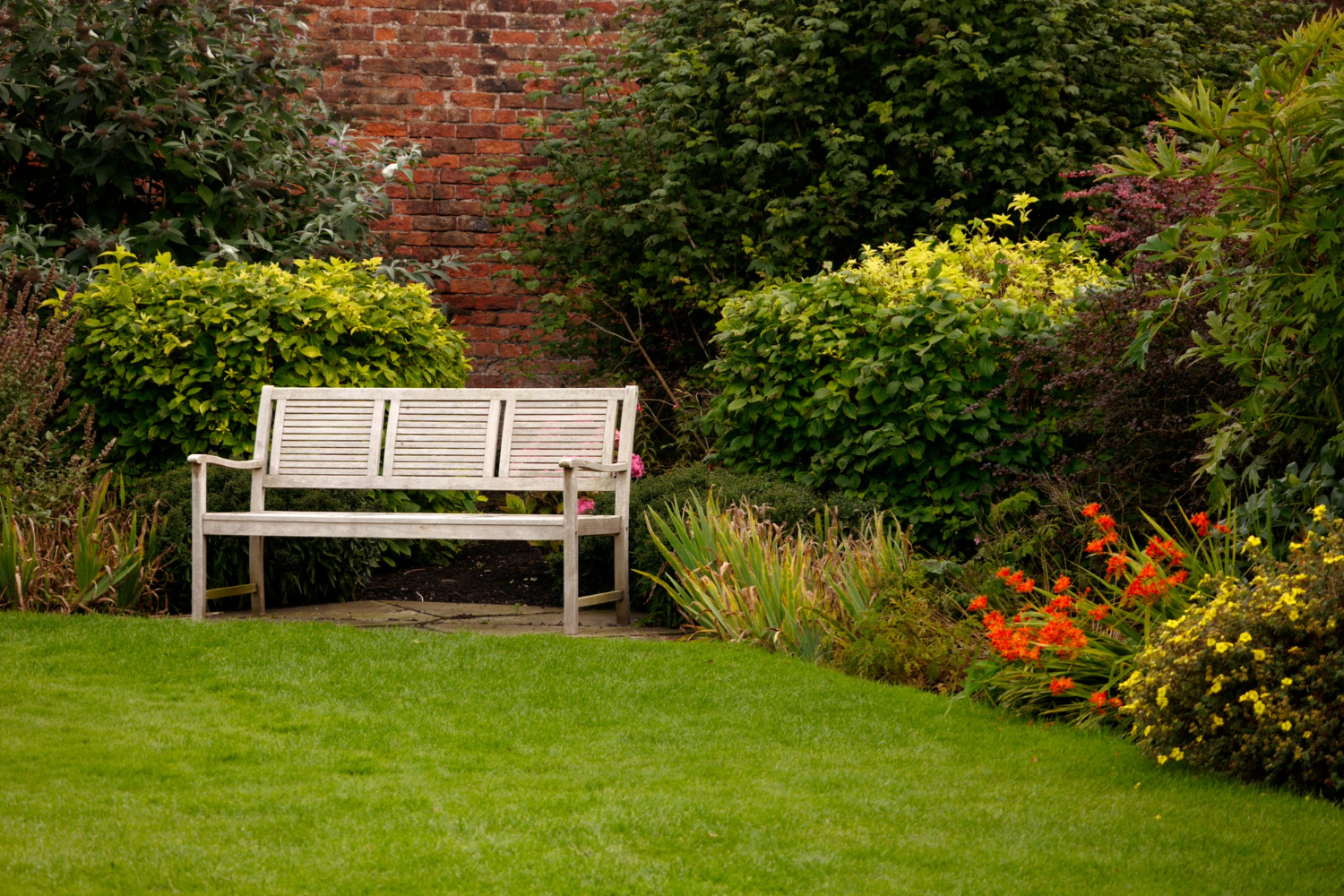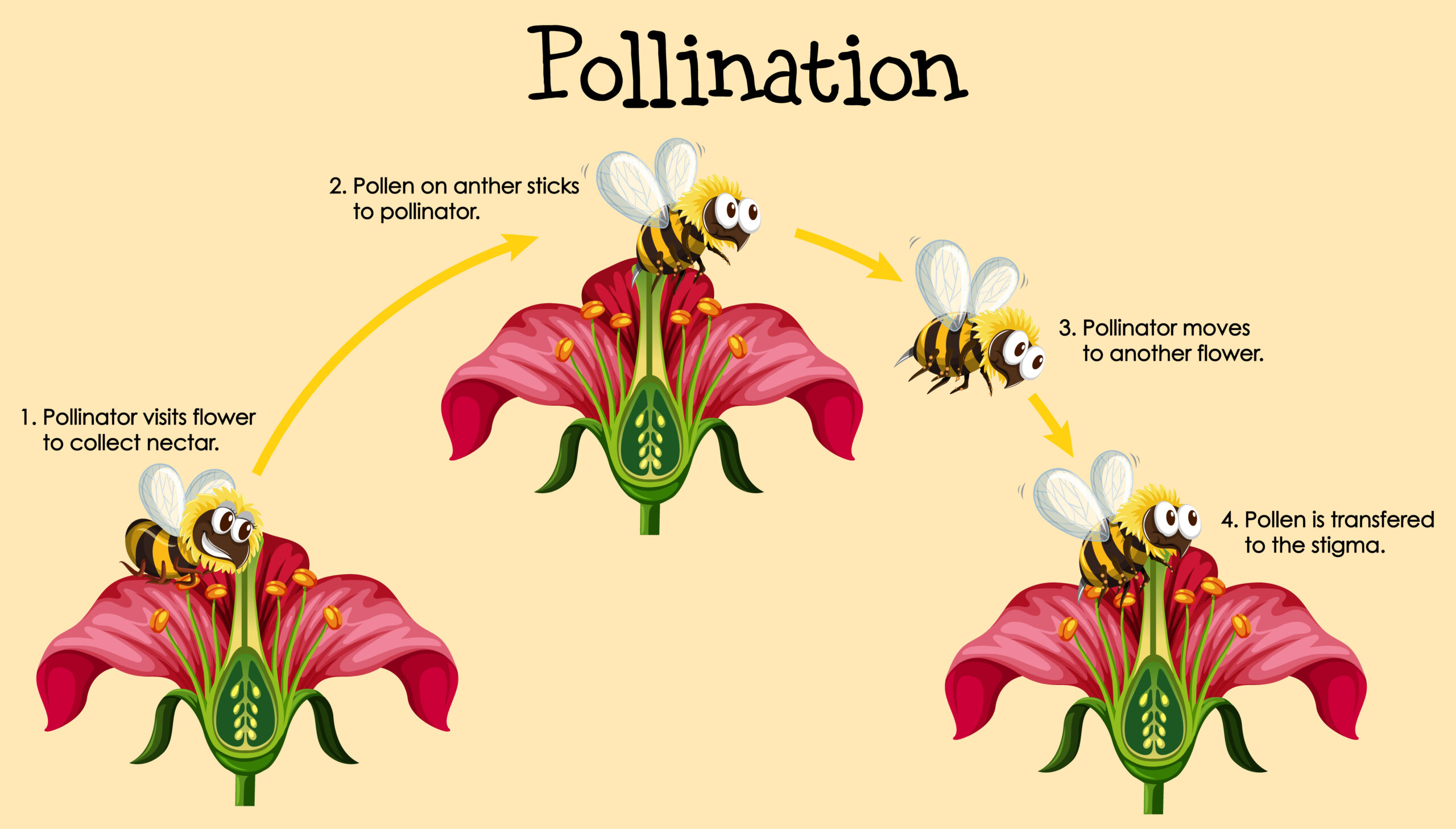You may think that butterflies are just pretty, harmless creatures that you occasionally spot fluttering around your garden. But did you know that they play a crucial role in pollinating plants and maintaining a healthy ecosystem?
Creating a butterfly garden at home not only adds beauty to your surroundings but also contributes to the conservation of these important insects. Contrary to what some may believe, creating a butterfly garden is not a difficult task. With a little planning and effort, you can easily attract a variety of butterfly species to your space.
In this article, we’ll explore the importance of butterfly gardens, the right plants to choose, how to attract specific butterfly species, techniques for creating a suitable habitat, and how to maintain a thriving butterfly garden.
So, roll up your sleeves and get ready to create a haven for these fascinating and essential creatures!
Importance of Butterfly Gardens for Ecosystems
Butterfly gardens are crucial for maintaining healthy ecosystems because they provide a habitat and food source for these important pollinators. In addition to being beautiful and fascinating creatures, butterflies play a critical role in pollinating plants and helping to maintain biodiversity.
By planting a butterfly garden in your backyard, you can do your part to support conservation efforts and help to ensure the survival of these important insects. The benefits of butterfly gardens are numerous. Not only do they provide a habitat and food source for butterflies, but they also attract other beneficial insects such as bees and hummingbirds. This can help to create a thriving ecosystem in your backyard and contribute to the health of the wider environment.
Additionally, creating a butterfly garden is a fun and rewarding activity that can be enjoyed by people of all ages. By taking the time to learn about the needs of butterflies and selecting the right plants and techniques, you can create a beautiful and sustainable garden that will provide enjoyment and benefits for years to come.
Choosing the Right Plants for Your Garden
Picking out just the right flora is essential if you want your outdoor space to become a haven for fluttering creatures.
One important factor to consider is plant variety. Butterflies are attracted to a wide range of flowers, so it’s best to choose a mix of annuals, perennials, and native plants. Some popular options include milkweed, coneflower, black-eyed Susan, and butterfly bush.
It’s also important to select plants with different blooming periods to provide a steady source of nectar throughout the season.
Another crucial aspect to keep in mind when choosing plants for your butterfly garden is soil preparation. Butterflies prefer well-draining soil, so it’s important to make sure the soil is loose and aerated before planting. You can achieve this by adding compost or a soil conditioner to the soil.
Additionally, it’s important to avoid using pesticides or herbicides in your garden as these chemicals can harm the butterflies and their larvae.
By selecting the right plants and preparing the soil, you can create a beautiful and thriving butterfly garden that will attract these magnificent creatures to your outdoor space.
Attracting Specific Butterfly Species
If you’re looking to attract specific species of butterflies to your outdoor oasis, it’s important to research which plants and flowers they prefer and incorporate those into your landscaping.
Different types of butterflies have different nectar plant preferences, so it’s important to choose the right ones if you want to attract a certain species. For example, if you want to attract monarch butterflies, you’ll want to plant milkweed, which is the only plant that monarch caterpillars can eat. Additionally, monarchs prefer nectar plants like zinnias, black-eyed Susans, and butterfly bushes.
If you want to attract swallowtail butterflies, you’ll want to incorporate plants like parsley, fennel, and dill into your garden. These plants are host plants for swallowtail caterpillars, and the butterflies also enjoy nectar from plants like milkweed, phlox, and verbena.
By researching the specific nectar plant preferences of the butterfly species you’re interested in attracting, you can create a garden that is tailored to their needs and will increase your chances of seeing them in your yard.
Creating a Suitable Habitat for Butterflies
Transform your outdoor space into a butterfly haven with a few simple tweaks that’ll have these delicate creatures flocking to your yard.
Creating a suitable habitat for butterflies is essential in making them feel at home and encouraging them to stay. Butterfly garden design should include a mix of tall and short plants, as well as different types of flowers that bloom at different times of the year. This ensures that there’s always a source of nectar available for the butterflies, regardless of the season.
In addition to flowers, it’s important to provide shelter for butterflies. This can be achieved through the use of trees, shrubs, and other plants that provide a protective cover from the elements.
It’s also important to provide a source of water for butterflies, such as a shallow bird bath or dish filled with sand and water.
By creating a suitable habitat for butterflies, you can not only attract these beautiful creatures to your yard, but also reap the benefits of butterfly gardening, such as improved pollination and a more vibrant outdoor space.
Techniques for Maintaining a Thriving Butterfly Garden
Maintaining a thriving butterfly habitat is easy with a little effort and some know-how. One important technique to master is pruning. Regular pruning will help keep your garden tidy and promote healthy growth of your plants.
To ensure that your butterfly garden remains healthy, it’s important to prune dead or diseased branches as soon as you notice them. This will help prevent the spread of disease and pests. Additionally, you should also consider removing any overgrown or tangled branches to promote better air circulation and sunlight exposure. Pruning can be done with a simple pair of garden shears or a pruning saw, depending on the size of the branch.
Another important aspect of maintaining a thriving butterfly garden is pest management. While butterflies are a welcome addition to any garden, other insects like aphids, mites, and caterpillars can cause damage to your plants.
One effective way to manage these pests is to introduce natural predators like ladybugs and praying mantises to your garden. You can also use organic pesticides like neem oil or insecticidal soap to treat infestations. It’s important to note that chemical pesticides should be avoided as they can harm butterflies and other beneficial insects.
With these techniques in mind, you can ensure that your butterfly garden remains healthy and thriving for years to come.
Conclusion
Congratulations! You’re now equipped with the knowledge and techniques to create a flourishing butterfly garden in your own backyard.
Your garden will not only be a beautiful sight to behold, but it will also play a crucial role in preserving the ecosystem by providing a habitat for these enchanting creatures.
Remember, choosing the right plants and creating a suitable environment are key to attracting and sustaining butterfly populations.
With patience and dedication, your garden will become a haven for a diverse range of butterfly species.
So go ahead, spread your wings and create your own butterfly sanctuary.
As the great poet Emily Dickinson once said, "To make a prairie it takes a clover and one bee, One clover, and a bee, And revery.
The revery alone will do, If bees are few."









